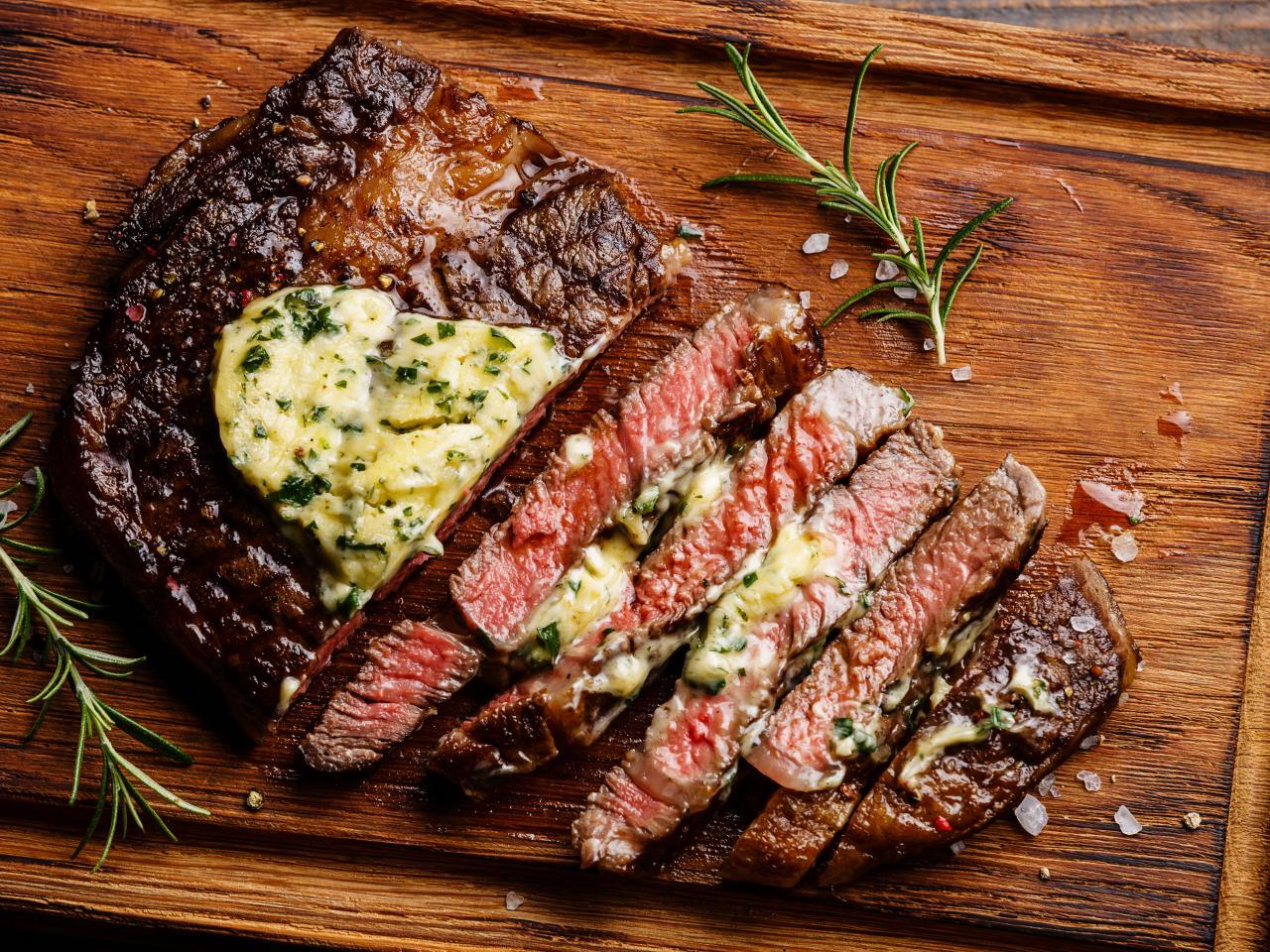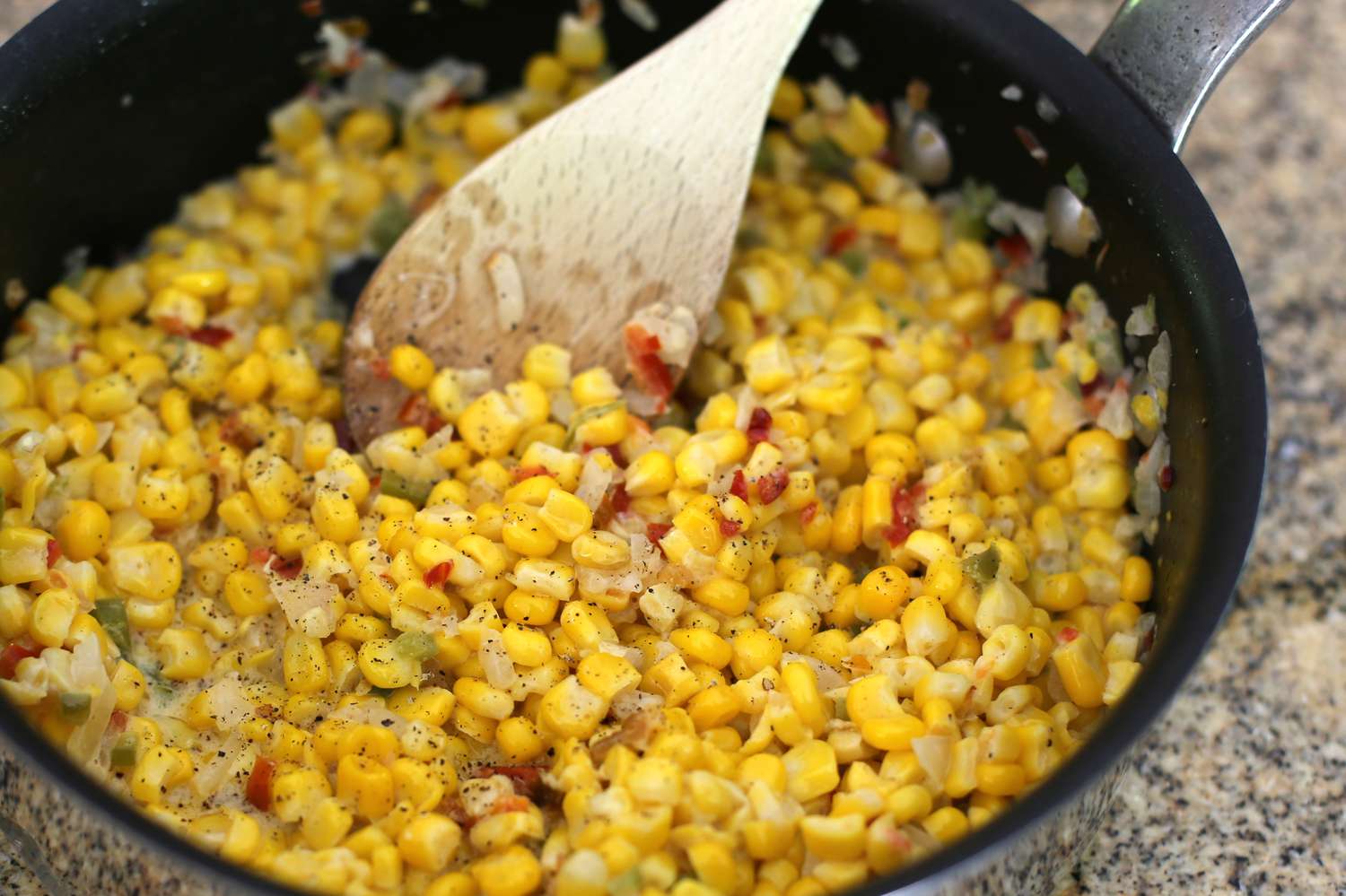The History of Chili: A Spicy Journey
Chili, the beloved spicy stew, has a rich and flavorful history that spans centuries and continents. Its origins can be traced back to ancient civilizations and its evolution has been influenced by diverse cultures and culinary traditions. Let’s take a closer look at the fascinating history of chili and how it has become a beloved dish enjoyed by people around the world.
Early Beginnings
The story of chili begins in the ancient civilizations of the Americas. The Aztecs and the Incas are believed to have been the first to cultivate and consume chili peppers, using them to add heat and flavor to their meals. The word “chili” itself is thought to have originated from the Nahuatl language, spoken by the Aztecs, where it was referred to as “chīlli.”
Spanish Influence
When Spanish explorers arrived in the Americas in the 15th century, they encountered chili peppers and recognized their potential for adding spice to their own cuisine. The explorers brought chili peppers back to Europe, where they quickly gained popularity and were integrated into various European dishes.
Chili Con Carne: A Texan Innovation
One of the most iconic chili dishes, chili con carne, has its roots in the American Southwest. In the 19th century, Texan settlers began preparing a spicy stew made with chili peppers and beef, which eventually became known as chili con carne. This hearty and flavorful dish quickly gained popularity and became a staple of Texan cuisine.
Chili Goes Global
As trade and exploration continued to connect the world, chili peppers and chili-based dishes spread to new regions and cultures. In each new location, chili was adapted to suit local tastes and ingredients, resulting in a wide variety of regional chili dishes with unique flavors and ingredients.
Modern Variations
Today, chili is enjoyed in countless variations around the world. From the fiery hot pots of Sichuan cuisine in China to the rich and smoky chili con carne of Texas, chili has become a versatile and beloved dish that continues to evolve and inspire new culinary creations.
Conclusion
The history of chili is a testament to the way food can transcend borders and bring people together. From its humble beginnings in ancient civilizations to its modern-day global popularity, chili has truly made its mark on the world of cuisine. Whether you prefer it mild or scorching hot, there’s no denying the enduring appeal of this spicy and satisfying dish.
So, the next time you savor a bowl of chili, take a moment to appreciate the rich history and cultural heritage that has shaped this beloved dish into what it is today.
Was this page helpful?
Read Next: What Is Baker’s Yeast











